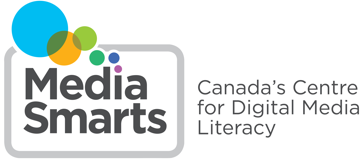So Many Choices!
This lesson introduces the students to the first steps in finding information on the Internet. Specifically, this lesson helps students understand the basic good practices of searching for something online: be accompanied by a trusted adult, start with a safe site and understand the use and power of using good links and keywords to find what they are looking for and to avoid bad results.




